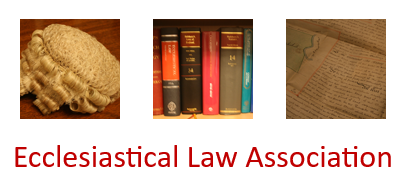The Commonwealth War Graves Commission wished to erect a standard Commission memorial in the churchyard, in memory of a serviceman murdered in Ireland in 1921. The serviceman's body was buried in the churchyard in 1921, but the precise location of the burial was not known. A faculty application was necessary, because the churchyards regulations only allowed a memorial to be placed where a body had been buried. The Rector and Parochial Church Council were concerned that the installation of a memorial to a soldier who died during the Anglo-Irish war in 1921 might give rise to social 'sensitivities'. The Chancellor decided that it was appropriate to allow a memorial to the deceased soldier, even though the exact location of his buried remains was not known. At the top of the memorial, the words “Buried elsewhere in this churchyard” would be inscribed. The Chancellor also considered that there would be no good reason, in terms of pastoral sensitivities, to disallow the memorial. The location of the soldier's death (Ireland) would not be mentioned on the memorial. Moreover, a memorial commemorates the individual, not the circumstances in which he died.

